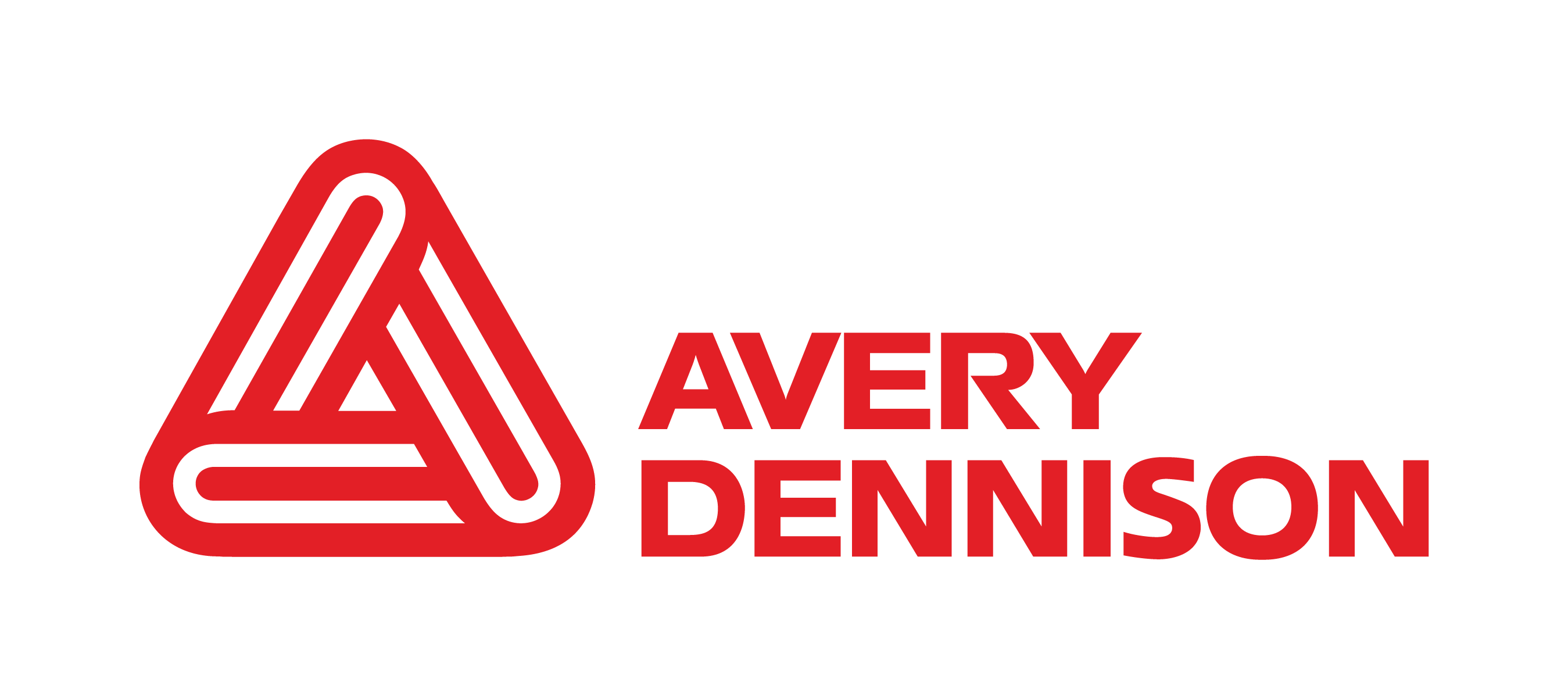Healthcare and pharmaceutical packaging must adhere to the highest performance and safety standards, making it challenging to find sustainable materials that meet the strict industry regulations. At the same time, the urgency to work towards the goals of the Paris Agreement requires the pharmaceutical industry to look for ways to reduce their Scope 3 emissions.
In some cases, even up to 80% of the Scope 3 emissions can be accounted for by packaging. This creates a great challenge and an opportunity for pharmaceutical companies to rethink their packaging and look for ways to optimize it. It is also expected that the upcoming PPWR regulations will include pharmaceutical packaging after 2035, and some experts argue that the EPR fees can be made compulsory for pharmaceutical packaging even sooner.
At Avery Dennison, we believe that small changes to package design can scale to a large impact on sustainability. In collaboration with customers in the pharmaceutical and healthcare fields, we’ve created and tested multiple labeling solutions that help reduce waste and meet the specific demands of the industry.
1. Reduce the amount of material per product
Switching to a label with 10µm less thickness is unnoticeable when it comes to performance and appearance, but adds up to substantial environmental benefits. We compared our PP50 (50µm) and PP40 (40µm) labels - used for prefilled syringes, vials, nasal sprays, pill bottles, and other general applications - and found that a 10 gram reduction in material weight (per square meter) resulted in 7% CO2 and 2% water use reduction. This might not sound like a significant improvement however, with 1M sqm this is equal to 10000 Km driven by an average passenger car or 75 hours of shower with average flow.
As an added bonus, thinner label materials allow for longer printer rolls, which means less changeovers and downtime on the production line.
2. Design for uncontaminated recycling
The previously mentioned Nederland Circulair study found that nearly 20% of a hospital’s plastic waste is composed of mixed materials. Using the same polymer for the label and container, or mono material packaging, is an important step for successful recycling.
Eliminating mixed materials is also important for non-plastic packaging. For instance, security seals for cardboard boxes can be made with transparent paper labels which won’t contaminate the paper recycling stream.
3. Incorporate manual recycled materials where possible
Safety is naturally the top priority of pharmaceutical packaging and the limited traceability of raw materials in manual recycled plastics means they aren’t good candidates for packaging that comes in direct contact with medications.
However, there are many stages of production where manually recycled materials fit well within regulations. One way we see companies incorporating more sustainable plastics into their process is with recycled PET label liners. Avery Dennison’s rPET liners are made with a recycled PET layer captured between two virgin PET layers which act as a barrier, making them safe for use in pharmaceutical applications.
Used consistently across many fields, liners are a great potential source of reusable material and we believe the label industry must do a better job of keeping them in the value cycle. This is why we created AD Circular, a recycling program launched in Europe that collects and recycles label liner material - regardless of the original supplier.
Ready to create a sustainable solution for pharmaceutical packaging?
Avery Dennison offers a wide range of tested, proven, and compliant materials for the pharmaceutical industry. We’d be happy to help find a sustainable labeling solution to fit the specific needs of your applications.


